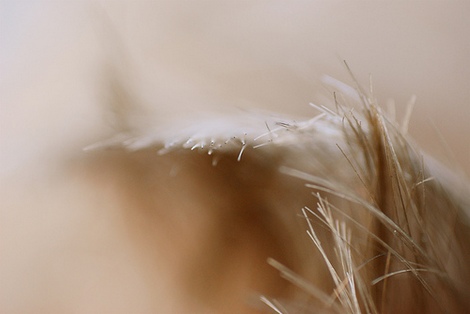Latest Research Gives Little Hope to Alopecia Areata Patients

Latest studies in the fields of hair loss treatment offer little hope to people suffering from alopecia areata - the widely spread condition of patchy baldness. Careful reviewing of existing conventional and alternative treatments has shown that they are generally not effective in combating this type of hair loss.
It is estimated that patchy hair loss, when entire clumps of hair suddenly fall out leaving round or oval bald areas on the scalp, can affects up to two percent of the population. The disease has an unpredictable prognosis and can strike at any age. In severe cases, the condition can lead to complete scalp baldness and also spread onto other body areas, such as eyebrows and eyelashes, sometimes developing into alopecia totala - the disease leaving patients without body hair at all.
Patchy hair loss is especially typical for young people under the age of 20. In some cases, the condition can resolve itself overtime, only to appear again several years, or decades, later. This mysterious condition can be caused by a number of factors, some of which have not yet been unidentified. The most plausible explanation of the disease triggers is a malfunction of the immune system, when it suddenly starts attacking and destroying its own hair follicles perceiving them as foreign particles. Some cases of alopecia areata are also linked to high levels of stress, an emotional or physical trauma, or nervous tension.
In the US and UK, one out of every 50 dermatological patients visits his or her doctor seeking a relief from alopecia areata. However, the new research conducted by an international group of scientists and published in scientific journal The Cochrane Library has revealed that existing types of treatment remain ineffective for overwhelming majority of alopecia areata sufferers.
In the course of the study, the researchers reviewed a number of randomized trials with more than 500 case histories, which had been conducted to assess the effectiveness of common treatments for patchy baldness. The usefulness of several types of commonly applied oral and topical medications, such as immune system inhibitors, Rogaine, cyclosporine and corticosteroids, were examined in detail. The scientists also looked at less conventional treatments, including herbal and photodynamic (light) therapy. The effectiveness of some types of drugs, such as intralesional corticosteroids, diphencyprone, dithranol, or dinitrochlorobenzene, was not assessed due to a lack of controlled studies, data, or peer-reviewed publications examining their applications.
The review showed that none of the studied medications were effective enough to produce substantial, long-turn improvements in hampering alopecia areata and regrowing lost hair. In addition, many commonly used pharmaceutical drugs to treat patchy hair loss showed serious side effects without really improving the hair condition. The researchers advised that alopecia areata patients should avoid most of the above toxic drugs due to their ineffectiveness and possible harmful effects on health.
Interestingly, one small trial out of those examined by the reviewers revealed that humble ONION JUICE, a traditional hair medicine, was one the most capable treatments for patchy baldness. In roughly half of 60 study participants, long-term topical applications of raw onion juice caused a noticeable regrowth of lost hair.
Richard Dunn
Posted on April 19, 2008
Filed Under Hair Loss, Hair Loss News and Statistics, Hair Loss Treatments
Comments
One Response to “Latest Research Gives Little Hope to Alopecia Areata Patients”
Leave a Reply

some one ask me use toilet cleaner on patch’s.
is this safe.
and tell me about any other treatment which i am use in home only.